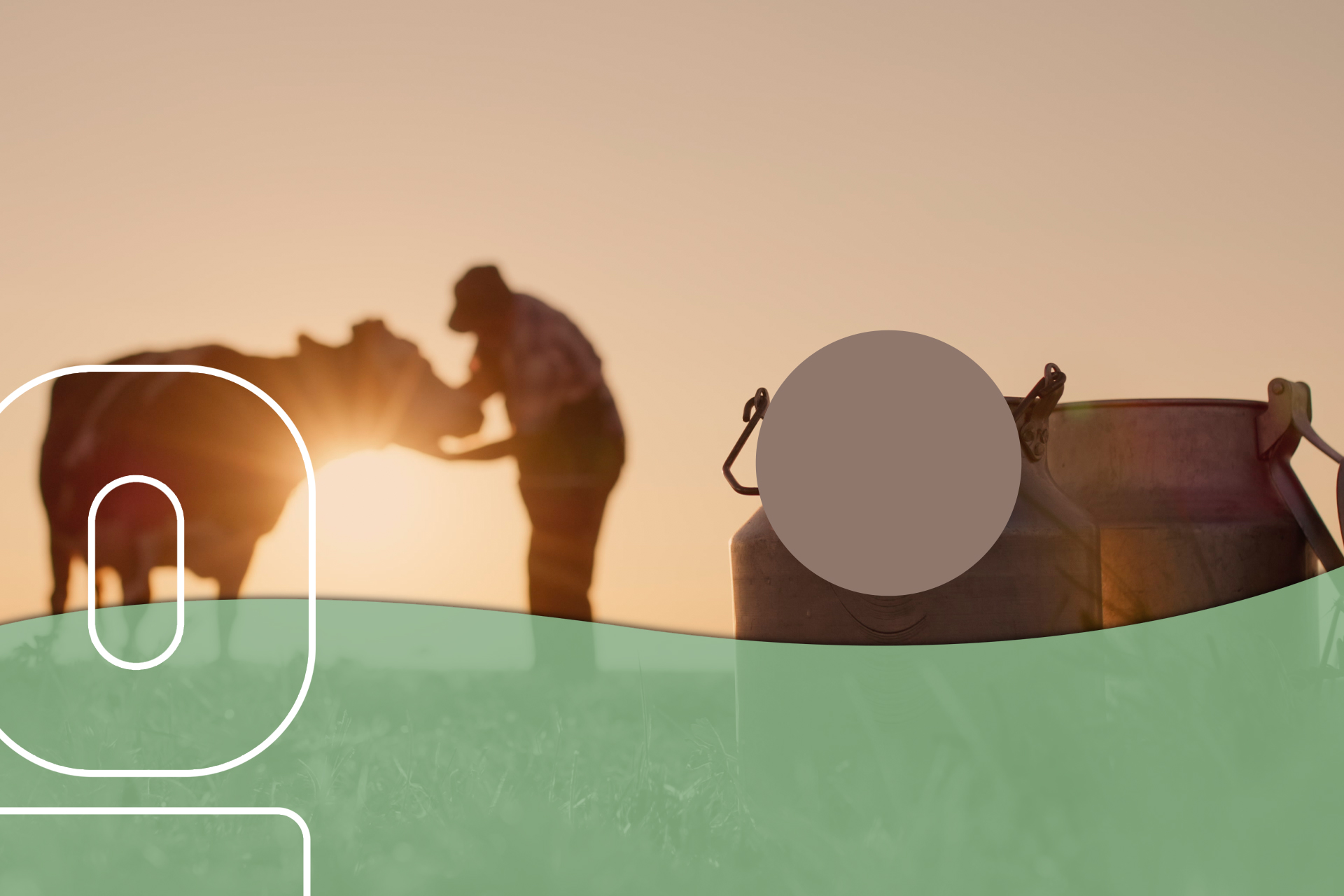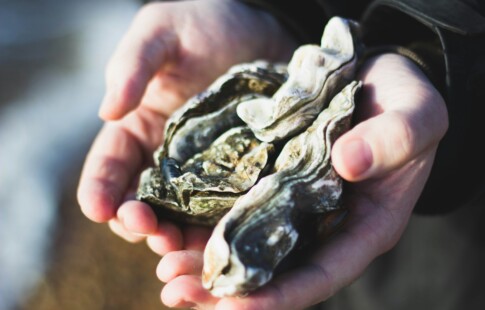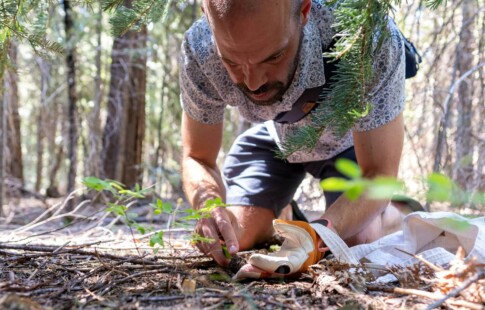
The Negative Effects of Climate Change on Agriculture
We are reader-supported. When you buy through links on our site, we may earn affiliate commission.
Have you ever thought about the negative effects of climate change on agriculture?
Every year, crops, livestock and seafood from agriculture produced contribute billions of dollars to the economy. For you to continue to eat and for the economy to thrive, the climate needs to be just right for produce and animals to grow. Since the beginning of time, those who work in agriculture depend on the climate.
As climate change rates continue to rise, agriculture will experience detrimental effects. While an increase in temperature or carbon emissions can help some crops, the overall outcomes will pose challenges for the agricultural industry.
While the agricultural industry affects climate change, you must also consider the negative effects of climate change on agriculture.
Crops and Climate Change
Climate change undoubtedly affects crop yields. Higher temperatures, altering precipitation patterns and an increase in carbon dioxide are just a few ways climate change negatively affects crops.
Precipitation Patterns
Rainfall is a primary factor in the production of food crops. Without a steady water supply, plants cannot grow. Climate change has altered precipitation patterns over the years, and it’s expected to intensify as the years go on. Pretty much every crop is dependent on seasonal rain.
Changes in precipitation may include heavier periods of rain and long periods of drought. These make the perfect conditions for flooding, which can wipe out an entire crop and eventually result in coastal flooding, decreasing the amount of available land for food production.
Changing Temperatures
As temperatures rise, crops face difficulty to fully mature into produce that humans can consume. Extreme heat could prevent crops from growing at all. Higher temperatures combined with less rainfall will lead to drought.
Plus, with higher temperatures, pests, fungi and weeds thrive. This could make it more challenging for farmers to control them, leading to increased pesticide use. Changing temperatures also result in later thaws, so farmers may have trouble deciding when to plant or harvest crops.
Carbon Dioxide Reduces Nutritional Value
For some plants, an increase in carbon dioxide levels is good — carbon dioxide stimulates plant growth. However, most food crops see a decrease in their nutritional value when more carbon dioxide is present.
Carbon dioxide limits the amount of protein and minerals in plants such as rice, wheat and soybeans. While this is a threat to crops, it’s also a threat to humans. Human health will decline if the nutritional value of produce decreases.
Livestock and Climate Change
Livestock is another main component of agriculture, and herds are impacted by climate change just as much as crops. Since American’s consume on average more than 200 pounds of meat — including red meat and poultry — per year, you should understand the effects of climate change on livestock as well.
Heat Waves Threaten Livestock
When temperatures rise, cattle and other livestock may experience heat stress. Cattle especially have a harder time dissipating their heat load. They can’t sweat, and therefore, they breathe heavily to cool down.
During hotter days, cattle and other livestock cannot be worked, which slows down the agricultural industry. Usually, cattle need much more water during heat stress, and with a changing climate, access to water could pose a challenge. Heat stress may result in death if not treated.
Feed Reductions
If crops can’t grow due to climate change, then livestock cannot feed. Many times, farmers will grow feed for their livestock. When unpredictable weather patterns due to climate change arise, livestock may have less access to food.
Grazing livestock especially will feel the effects of climate change when it leads to drought. Not only will there be less to graze, but the quality will be worse.
Increase in Disease
Climate change has led to earlier springs and warm winters in some regions. Due to the warmer weather, parasites have a better chance of survival.
An increase in parasites can lead to disease in livestock. Outbreaks could make an entire herd suffer.
Farmers and Climate Change
While climate change has significant adverse effects on crops and livestock, perhaps those who experience the worst in the realm of agriculture are farmers. With uncertainties rising due to climate change, it could be more difficult for farmers to efficiently and effectively get food from the farm to your plate.
Farmers depend on a steady climate in order to produce food and to make a living. Losses of crops and livestock mean a loss of money and work that goes into raising produce and animals.
An Ongoing Cycle
Although climate change has a significant impact on the way agriculture proceeds, agriculture has just as much of an effect on climate change. Varying factors like cattle methane production and the use of fertilizers lead to pollution, directly affecting climate change.
To reach neutrality, both sides will have to strive towards sustainability.
Share on
Like what you read? Join other Environment.co readers!
Get the latest updates on our planet by subscribing to the Environment.co newsletter!
About the author

Jane Marsh
Starting from an early age, Jane Marsh loved all animals and became a budding environmentalist. Now, Jane works as the Editor-in-Chief of Environment.co where she covers topics related to climate policy, renewable energy, the food industry, and more.





